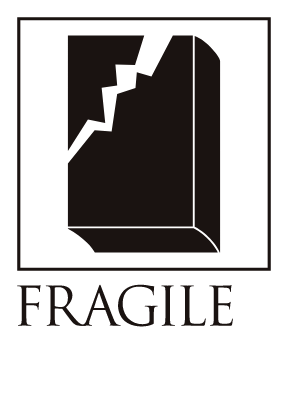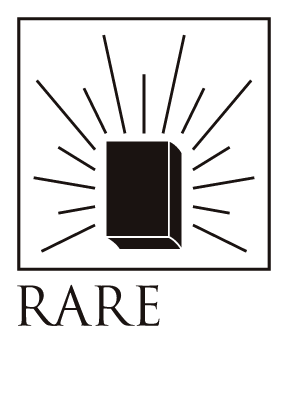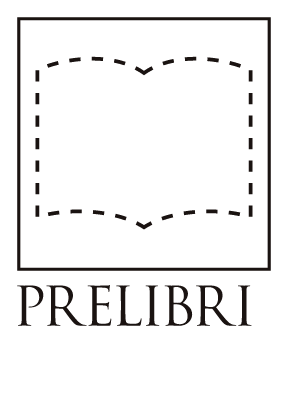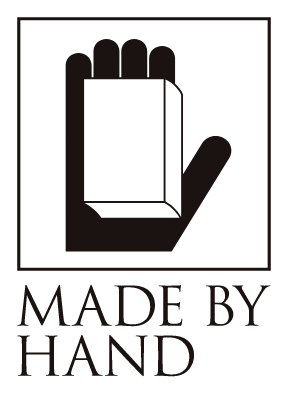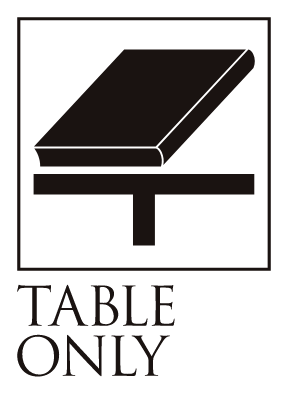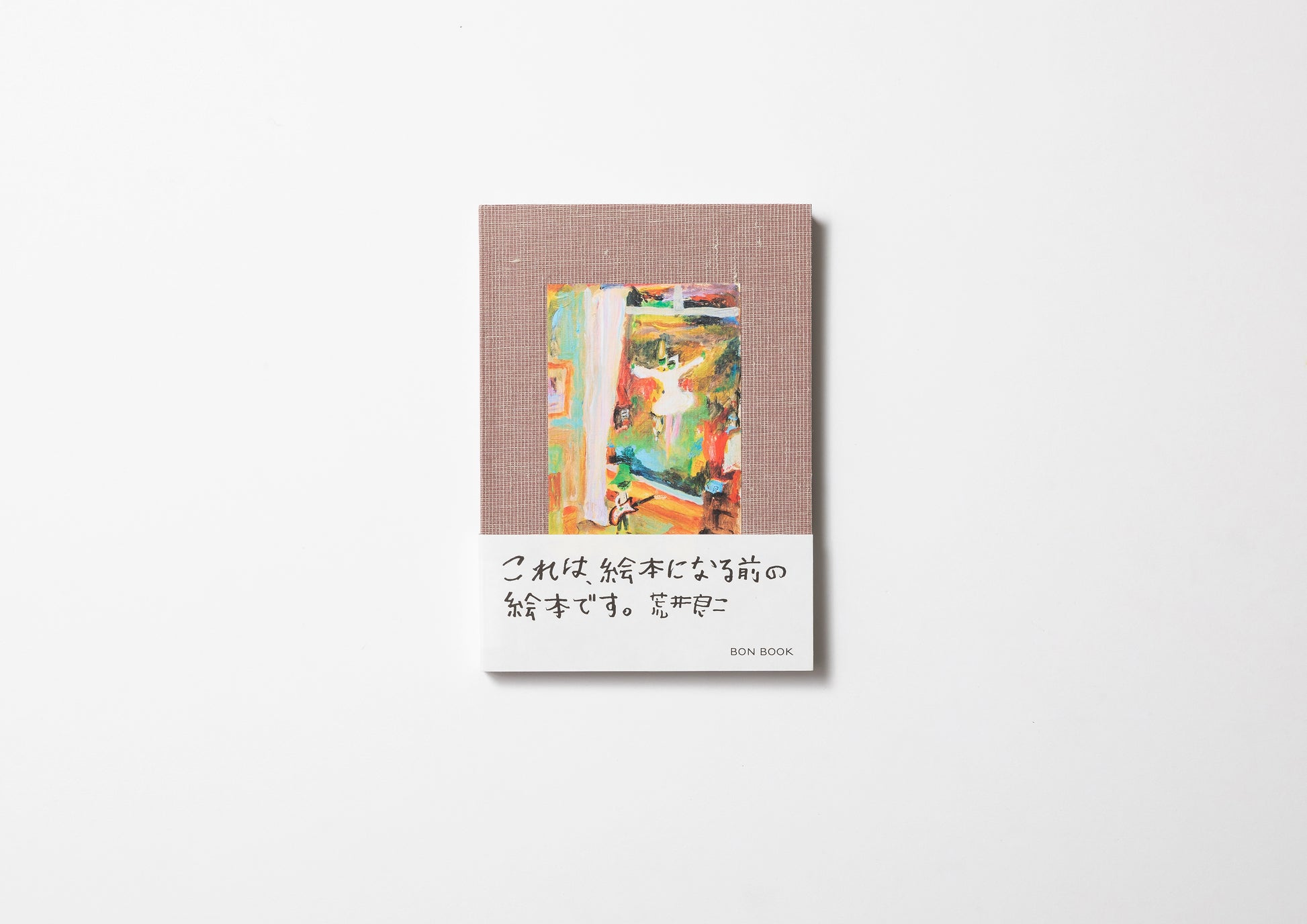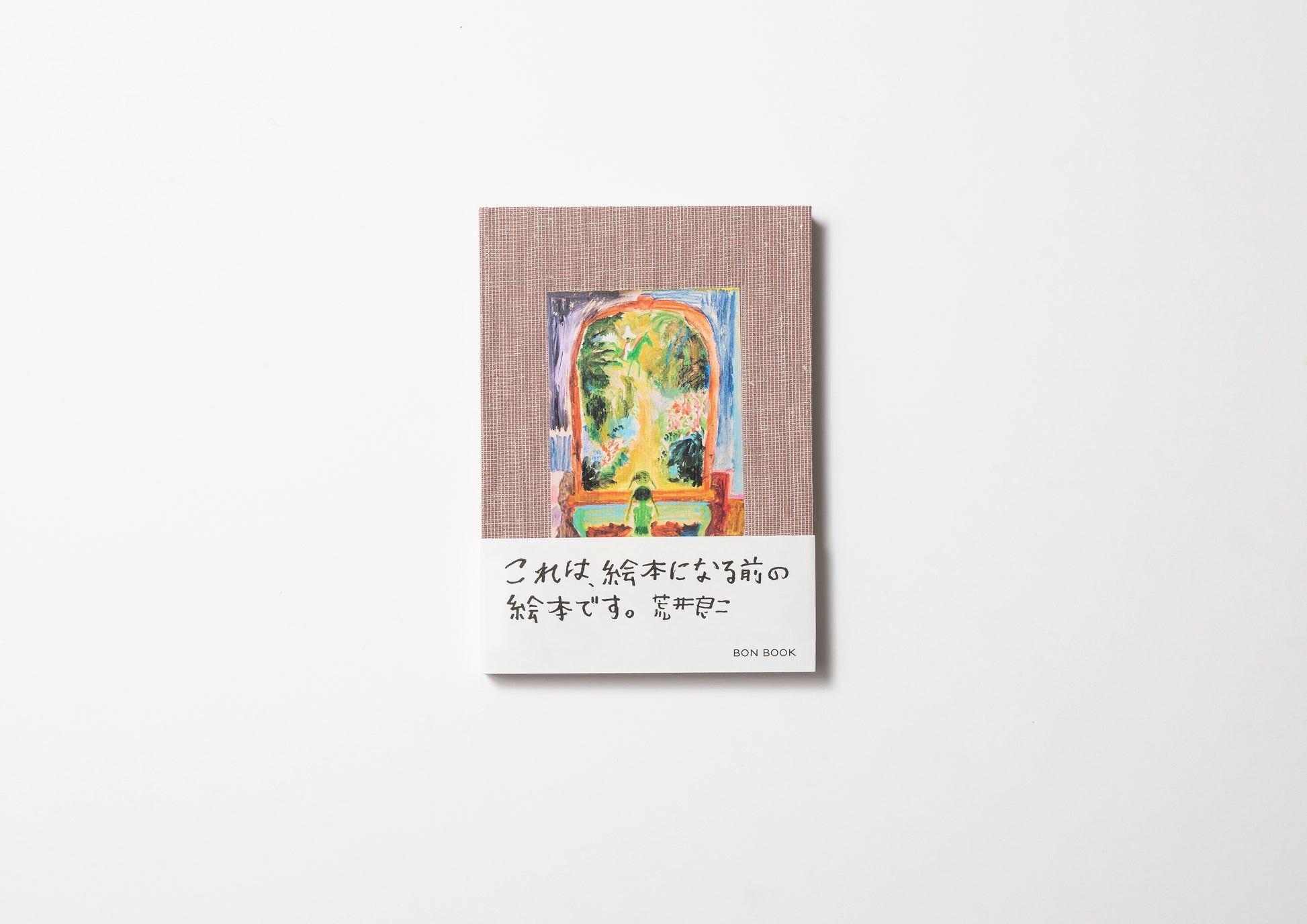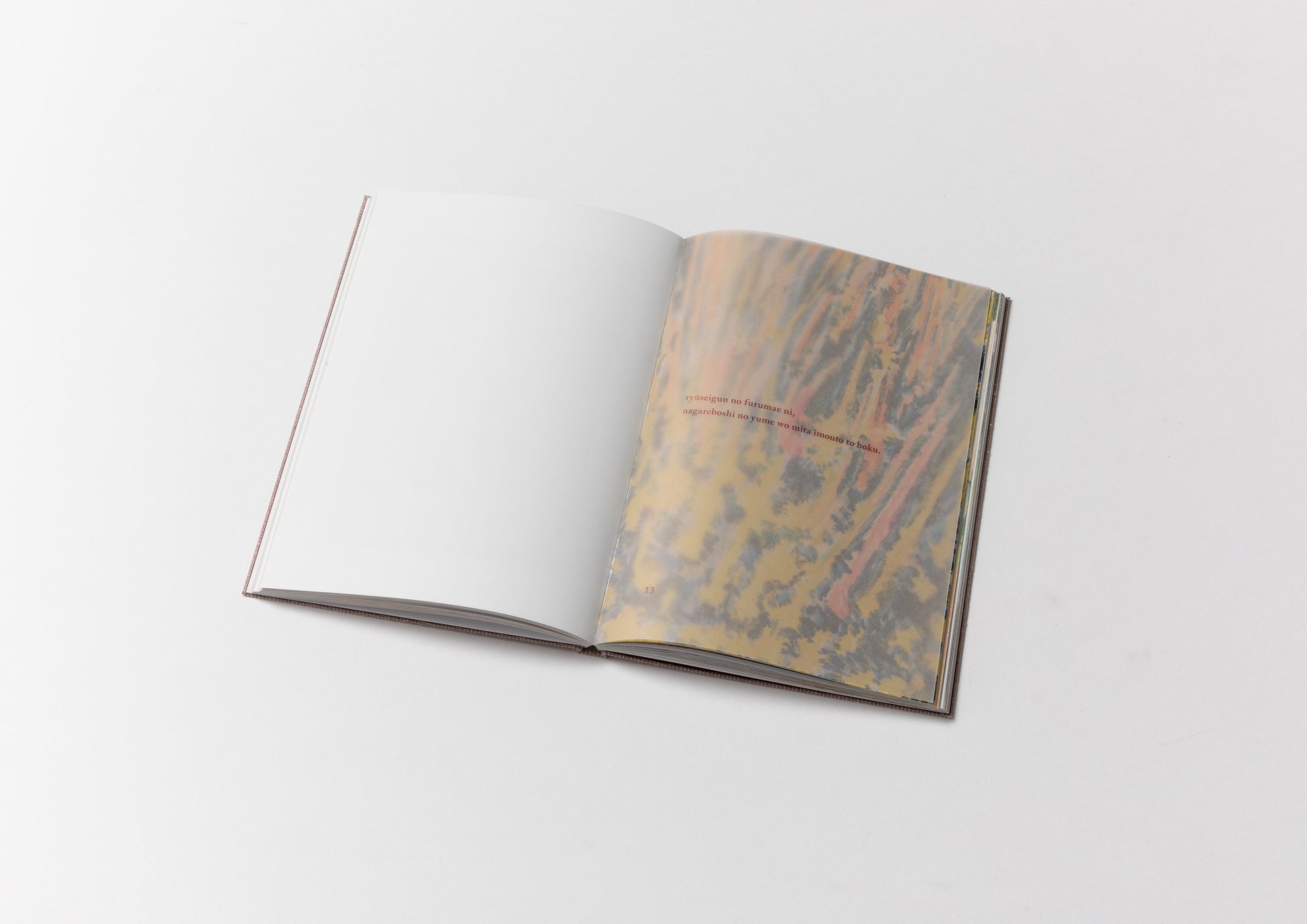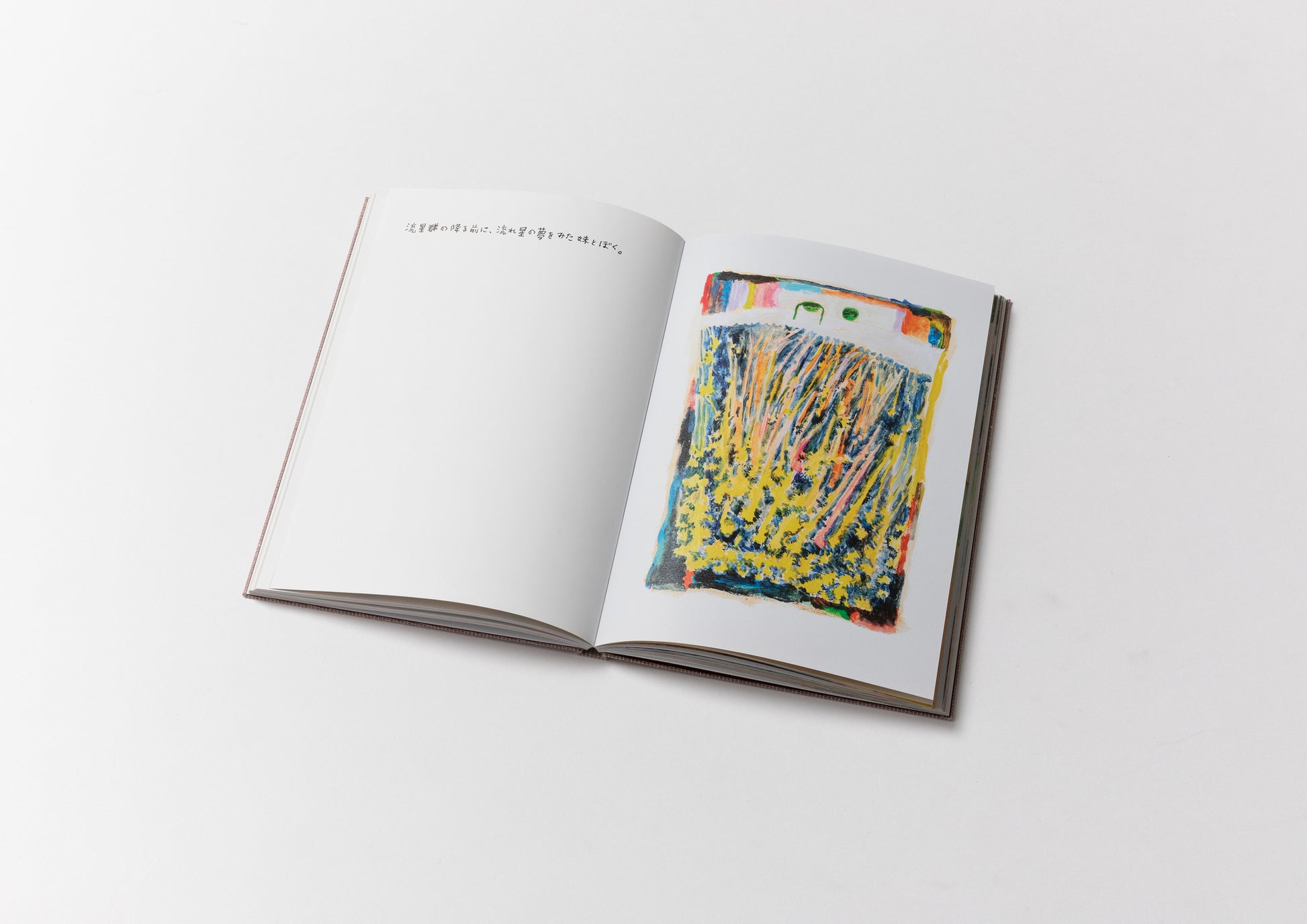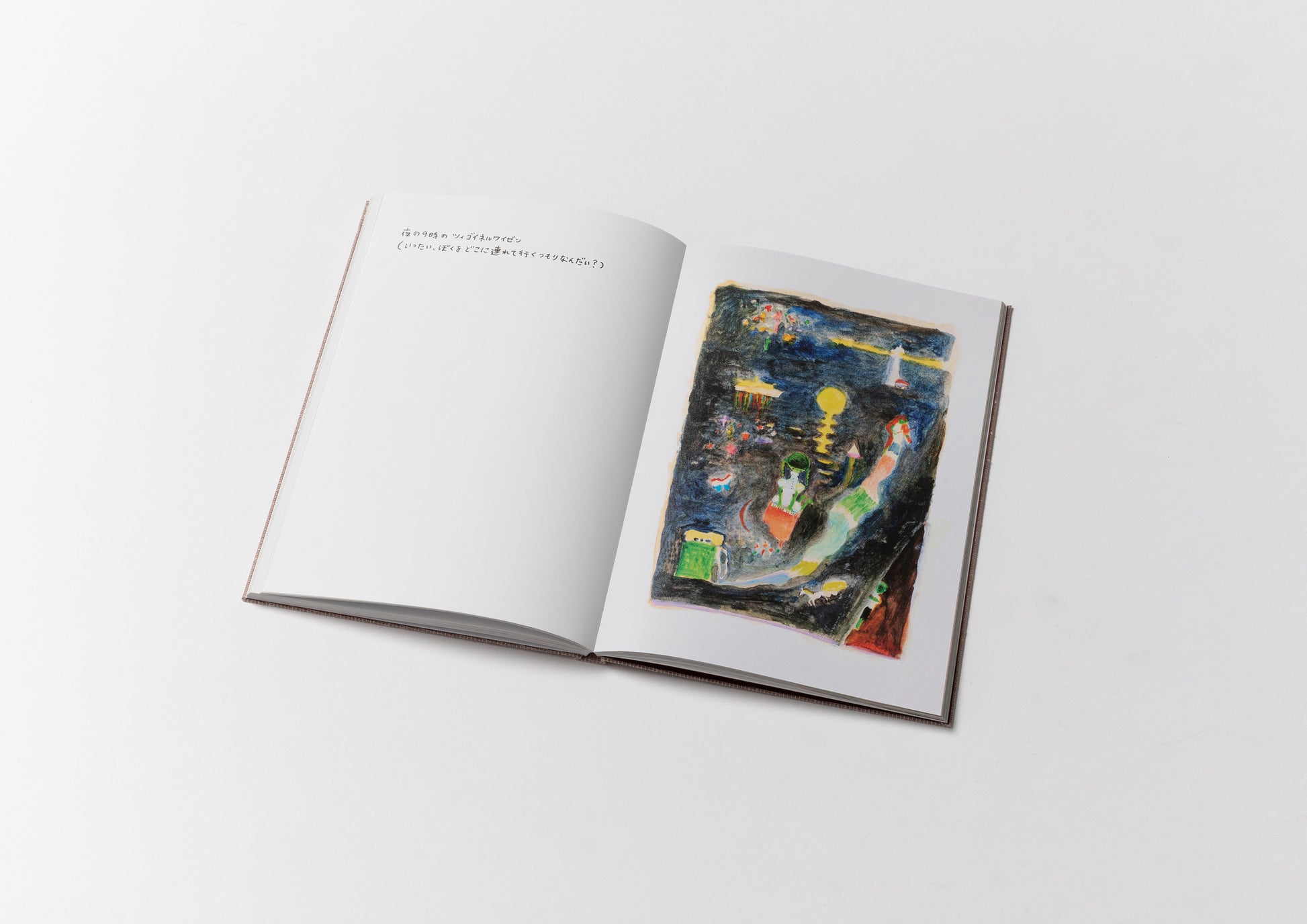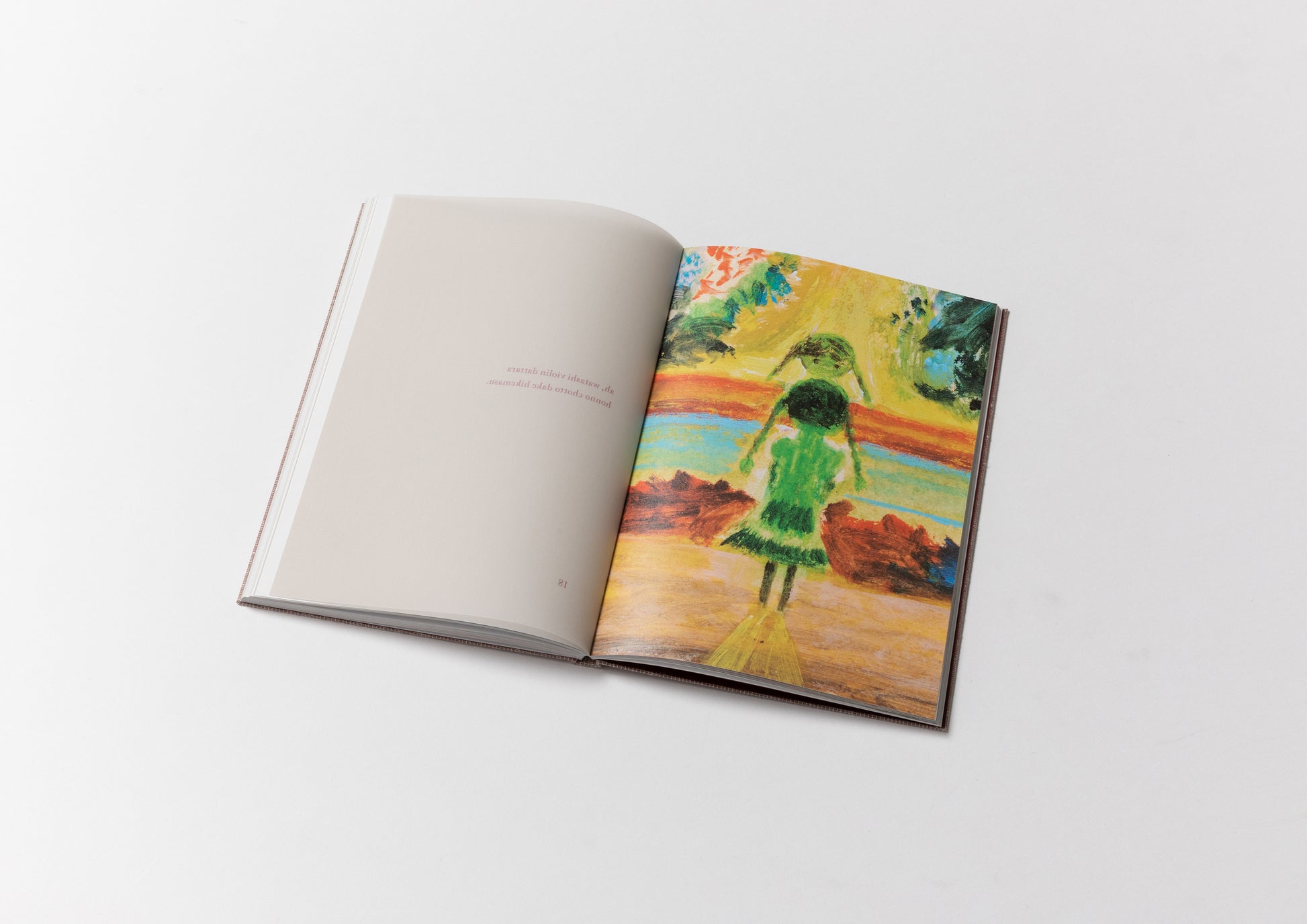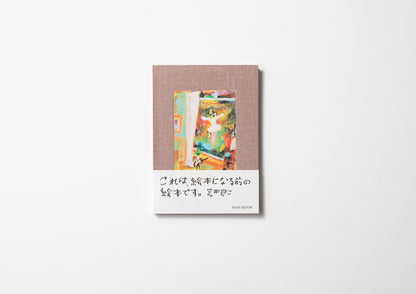Picture books before they became picture books/Arai Ryoji
Bibliographic Details
- Title
- Pictures before a picture book / 絵本になる前の絵本
- Author
- Ryoji Arai / 荒井良二
- Director
- Osamu Kushida / 櫛田 理
- Publisher
- BONBOOK / 図書印刷株式会社
- Year
- 2022
- Size
- w148 × h210 × d14mm
- Weight
- 360g
- Pages
- 148 pages
- Language
- Japanese + English / 日英対訳
- Binding
- Hard cover / ハードカバー
- Materials
- Paper
- Edition
- First edition of 3000 copies / 初版限定3,000部 ※表紙は初版限定
- Condition
- New
Layout Design by Ryosuke Saiki 佐伯亮介、Cover Textile Design by Reiko Sudo 須藤玲子、Book Design by Yoshihisa Tanaka 田中義久、Special Thanks to Makiji Kojima 小島麻貴二 (margo), Orie Sakamoto 坂本織衣 (SEE MORE GLASS), Nao Katsumi 勝見奈穂、Sales Cooperation by 無印良品 MUJI BOOKS、Printing and Binding by TOSHO PRINTING CO., LTD. 図書印刷株式会社

I just didn't ask anyone.
I've always wanted to paint in dark colors.
—— Ryoji Arai
A collection of 23 original illustrations by picture book author Ryoji Arai has been created. Each piece is filled with the premonition of a new picture book, and is filled with nostalgic darkness and light, as if Arai's own memories and those of "someone he has never met" are mixed together. An interview is included at the end of the book. There are three cover designs to choose from, and they are limited to the first edition only. (The contents are the same.)
<Three types of covers>
A: Ballerina
B: Ghost
C: A girl with pigtails
Together with picture book author Ryoji Arai, we have created a new picture book! Or rather, a "picture book before it becomes a picture book." It is a collection of 23 original illustrations that were drawn specifically for this book. Although there is no single story that runs through the whole book, each illustration gives the impression that many new stories could be born from it, making it a book with such depth.
The common theme of the pictures is "nostalgia" for someone you've never met. The titles of the works sound like songs that have been made from a diary. The "golden painting" on the first page is the first base coat that Arai applies when he starts to paint. As you turn the gold pages, the works appear in order, and at the end of the book there is a special interview with Arai. The book has a simple structure, but it took a lot of trial and error to arrive at this pagination. What we wanted to emphasize was the texture of the original painting and the process of seeing the original painting.
How can we reproduce the gold of the base and the three-dimensionality and luster of the paint? How can we convey to readers the charm of the "real thing" that cannot be conveyed in a book printed on flat paper? After much thought, we decided to boldly trim the original artwork without telling Arai, and place a page with much more detail in front of the original artwork, so that the whole picture cannot be seen. This made the shine of the gold, the texture of the paper, and the three-dimensional details of the paint stand out more vividly. We also placed a piece of tissue paper in front of it, on which the title of the work in Roman letters was placed, and by deliberately going through a shaky process, we devised an experience that makes it seem as if the reader has finally arrived at the original artwork. Arai says the following in an interview at the end of the book.
I think I was drawing the scenery I could see beyond the candlelight. As I stared at the desk and the window in front of me, I gradually began to see another world beyond, and I quickly drew it down before it disappeared. That scenery might not be mine, but someone else's.hey.
———From the interview at the end of "Picture Books Before They Became Picture Books" by Ryoji Arai
Inspired by Arai's words, I wanted readers to take their time to savor the view beyond the dim candle light, so I sandwiched a fuzzy, translucent piece of paper between the white pages of the main text, creating an entrance to an ambiguous world that is visible but not visible.
There is one other thing worth mentioning about this book. The hidden theme of the newly drawn pictures is "pictures in dark colors." Arai is often called "the man of color" because many of his works use bright and vivid colors, but Arai jokingly said, "This time, it's "dark Ryoji!" It didn't take long for him to decide on this hidden theme.
On the day of the first meeting, the editorial team was waiting for Arai to appear at a coffee shop somewhere in Tokyo with excitement. Arai appeared with a red backpack on his back, looking more cheerful than anyone else. The first meeting started with a discussion of "What kind of book should we make?" As they exchanged various ideas, such as a collection of all the pictures he had drawn so far, a picture book with a story, and a book of all the copies that Arai makes every day, the discussion turned to "Motai Takeshi" among the several reference books brought by the editorial team. At the end of the book, he says the following.
I like a children's artist called Takeshi Motai, and I once drew a picture that was almost a copy for a gallery exhibition. It's hard to put Motai's paintings into words, but you can feel the weight of his emotions in them. Even though he paints pictures in dark colors, they feel dark but bright. And more than anything, you can feel the care he takes in painting each and every picture from his paintings.
I also wanted to draw each picture one by one and make a book with just those pictures. And I didn't want to just collect all the original drawings I'd made so far, without a clear beginning and end like a picture book. I wanted to draw pictures that could be turned into a picture book later. I've always liked pictures in dark colors, but I haven't had the chance to draw them, so this time I thought I'd go with "Dark Ryoji" using dark colors. In the end, it didn't turn out to be that dark, though.
———From the interview at the end of "Picture Books Before They Became Picture Books" by Ryoji Arai
Arai says he likes Takeshi Motai. He says he likes the unique expression of this era, which uses heavy, dark colors even though the things he draws and the contents are not dark. I also learned that picture books are usually drawn in bright colors, at the request of the publisher. So this time, let's do it in "dark colors." I think that most people usually enjoy books in a bright environment, but I recommend that you turn the pages of this book by candlelight. I think you will feel the gentle light that gently lights up deep in your heart.
This book, which also has an appealingly tactile cover, is part of the same series."Homo Faber/Philippe Weisbecker"The cloth binding, with its wavy mesh pattern, was supervised by textile designer Reiko Sudo and is made from gauze cloth, the same material used in Japanese mosquito nets, backed with azuki-coloured tissue paper. The binding was designed by Yoshihisa Tanaka, who has worked on numerous art books. The printing and binding was done by Tosho Printing Co., Ltd., which publishes the publishing label BONBOOK. This is the ninth book published by BONBOOK, and to date they have welcomed a variety of authors from across genres, including manga artist Fumiko Takano, poet Takashi Hiraide, and Kazunari Hattori, who also designed the FRAGILE BOOKS logo.
It is said that in the old days, the day began with the sun setting. Light is born in darkness. I hope this book will bring a gentle light to the darkness of this tired world.
《 Linked Project 》
Fragile Exhibition
Ryoji Arai Original Illustrations Exhibition | Picture books before they became picture books
Period: November 5th to November 30th, 2022
place:Fragile Expo|Online Exhibition Room
This month's Fragile Exhibition is an exhibition of original illustrations by picture book author Ryoji Arai.Picture books before they became picture booksThe 23 original illustrations drawn for "The Book of the Dead" are filled with the premonition that a picture book will be born, and each one is filled with nostalgic darkness and light, as if Arai's own memories and those of "someone he has never met" are mixed together.Custom Framewill also be sold.
"I wanted to draw each picture one by one and make a book out of those pictures alone. Also, I didn't want to have a clear beginning and end like with a picture book, and I didn't want to just collect all the original drawings I'd done so far. I wanted to draw pictures that could later be made into a picture book from each one.(From an interview with Ryoji Arai at the end of "Picture Books Before They Became Picture Books")
Profile

Photo by Masako Nagano
Ryoji Arai Ryoji Arai
Picture book author. Born in Yamagata Prefecture in 1956. After graduating from the Department of Fine Arts at Nihon University College of Art, he began writing picture books. He has won numerous picture book awards both in Japan and abroad, including the Special Prize at the Bologna Children's Book Fair in 1999 for "Nazonazo no Tabi" (Riddle Journey), and in 2005, he became the first Japanese person to win the Astrid Lindgren Memorial Literature Award. He is active in many areas, from curating at art museums to exhibitions, illustrating the opening of the NHK drama series "Jun to Ai" (Pure and Love), and serving as artistic director of the Yamagata Biennale Art Festival in the Middle of the Road. His main picture books include "Happy-san," "Sleeping Princess," "Today's Sky is Round," "Today's I Can Run Anywhere," and "Children Are Hooked." He is known as one of Japan's leading picture book authors, and his work has been attracting attention overseas as well.
